Brougham castle is located just a couple of miles southeast of the market town Penrith. The 13th century castle is situated on the southern bank of the River Eamont, close to where the River Lowther merges with the Eamont and the castle was founded by Norman Robert de Vieuxpont.
Previous to the medieval castle, the site was used by the Romans for the Roman Fort ‘Brocavum’ as the location was deemed to be of strategic importance.
| Built | 13th Century |
| Type | Medieval Polygon Castle |
| Condition | Ruins (Extensive stone works remain) |
| Ownership | English Heritage |
| Access | Public – Fee |
Click here to watch our tour of Brougham Castle and discover it’s history
Robert de Vieuxpont was a key supporter of King John and one of his most important agents in Northern England. In 1203 King John granted Robert the Barony of Westmorland, which included Brougham, Appleby and Brough. Shortly after acquiring the land at Brougham he began constructing the castle.
The construction of Brougham Castle was composed of a stone keep and various service buildings The castle was surrounded by a wooden palisade (stakewall) and a ditch and protected on its north and west sides by the rivers Eamont and Lowther. It was built next to the site of the Roman fort and some of the construction materials even came from the abandoned fort.
Robert de Vieuxpont’s grand-son, also called Robert, formed part of the rebellion of Simon de Montford against Henry II and fought at the Battle of Lewes. He was killed from injuries sustained at the battle. His two daughters Isabella and Idonea were due to inherit the estates, with Brougham being given to Isabella. However due to a late attainder imposed on her father for his involvement in the revolt, her estates were temporarily given to Roger Clifford to look after in around 1268. Roger then married Isabella and became Lord of Brougham to secure control of Brougham and Appleby.
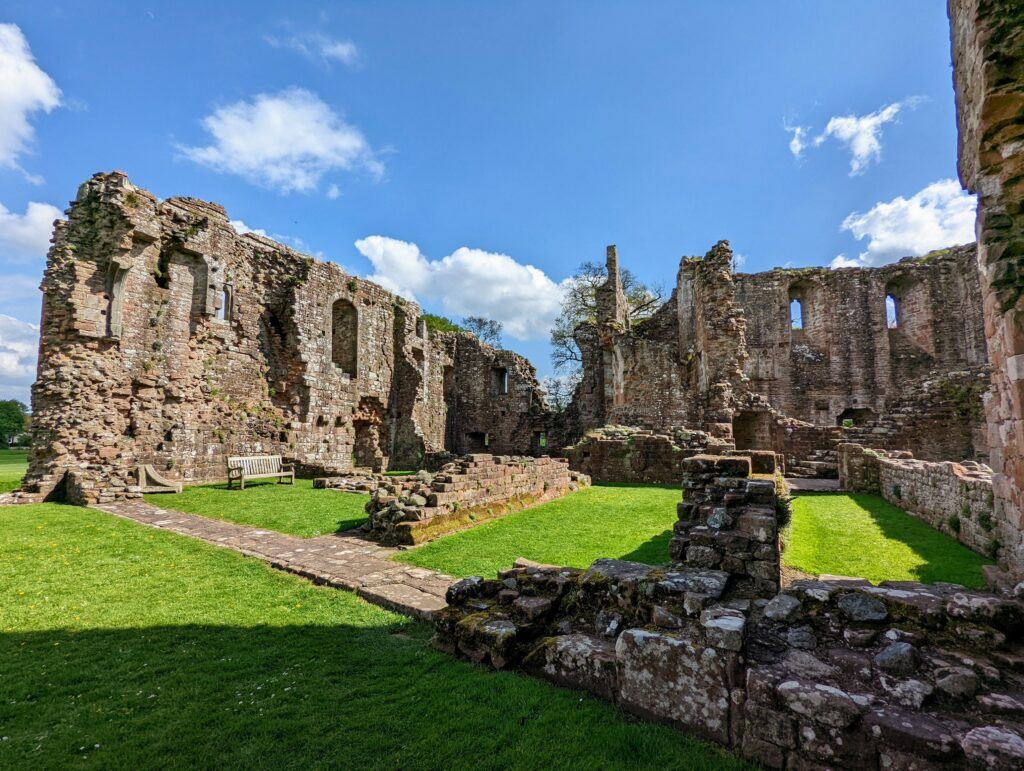
The castle went through some significant modifications from the 1290s to the early 1300s, initiated by Roger’s son, Robert Clifford. These alterations were aimed at improving the castle’s defences, the keep was made taller, a new gatehouse was added, the curtain wall was rebuilt in stone and a new tower was added in the southwest corner called the Tower of League. King Edward I stayed at the castle in July 1300 when travelling to Scotland and northern England.
Robert Clifford was killed at the Battle of Bannockburn in 1314. The Scots were frequently raiding northern England and Westmorland during this time as they attempted to enforce Scottish independence and while Brougham Castle seemed to avoid any of the serious fighting, many of the other estates of the Clifford family were not so fortunate. Robert’s Son Roger decided to join the Earl of Lancasters rebellion against King Edward II in 1322. The rebellion was unsuccessful and Roger forfeited the family estates. Just four years later though the King was overthrown by Roger Mortimer, Earl of March who quickly restored the estates back to the Clifford family. The family soon also inherited the Brough and Pendragon castles where Idonea (Isabella’s sister) died childless.
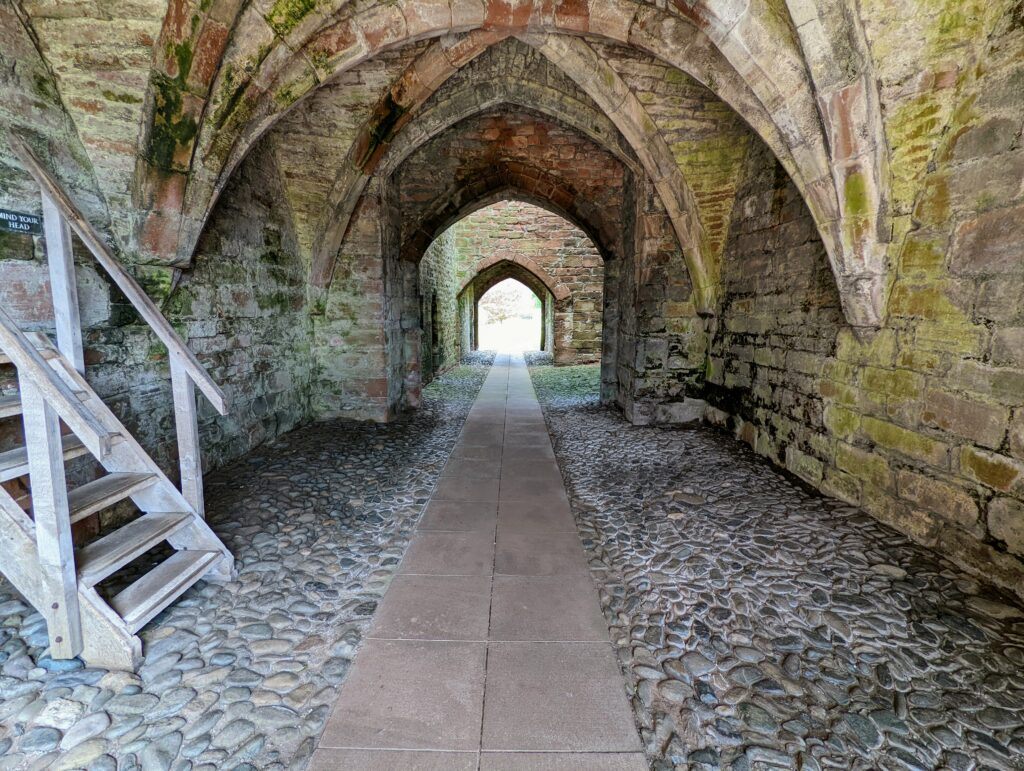
Further raiding and warfare was prevalent around the English-Scottish border throughout the 14th century. In the late 1380s the castle was badly attacked by Scottish raiders and badly damaged. The castle was left in a dilapidated state and badly in need of repair, it wasn’t until the early to mid 1400s repairs commenced.
During the Wars of the Roses (1455-1485) the Clifford family were supporters of the House of Lancaster. When Edward IV, a Yorkist, took the throne in 1461, the lands of the Clifford family were confiscated after John Clifford was killed fighting for Henry VI. John’s son, Henry Clifford managed to recover Brougham Castle and the rest of the family’s estates when the Tudor Henry VII (Lancastrian) took the throne after the Battle of Bosworth Field. After a brief stint of regular use by the family, the castle once again started to fall into a state of poor repair as the family spent most of their time at the court of Queen Elizabeth I and were no longer regularly living in their northern properties.
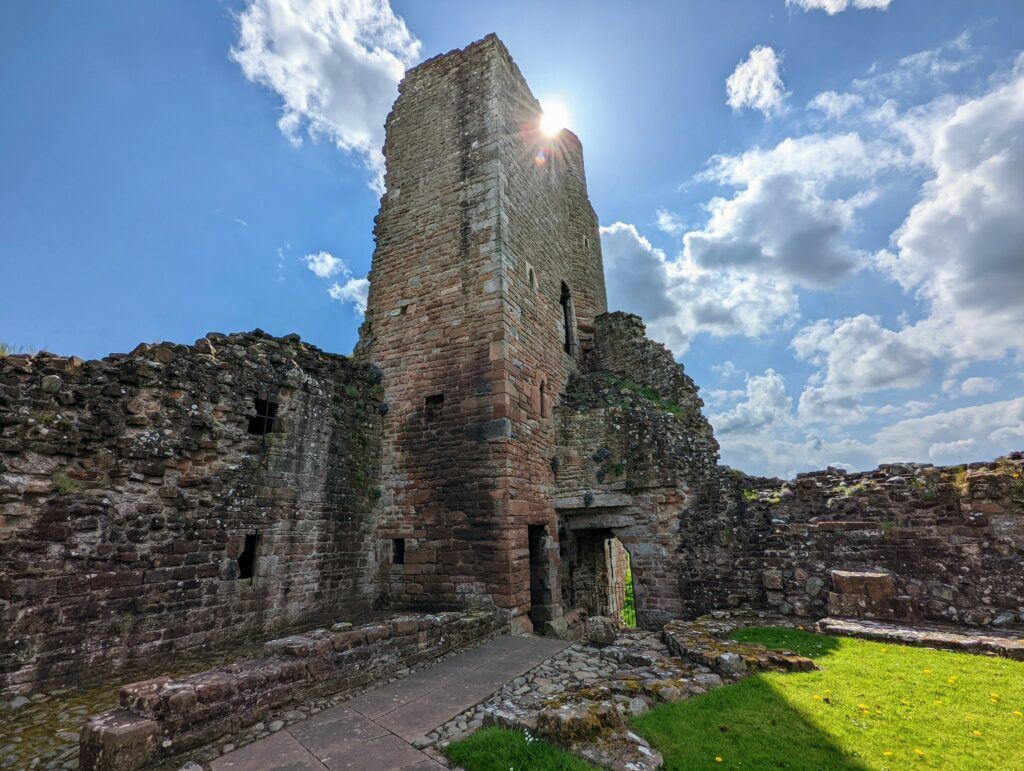
In 1605 George Clifford, the Third Earl of Cumberland died leaving his daughter Anne his inheritance. She chose Appleby Castle as her main residence initially but invested considerable funds and resources into restoring all of the estates to their former glory, including Brougham Castle where she also added a new bakehouse and brewhouse. She later spent a great deal of time at Brougham Castle and died there on 22 March 1676. Brougham Castle passed onto the Earl of Thanet who sold off all the castle’s furnishings and fitting and did so little to maintain its upkeep that it soon fell into ruin.
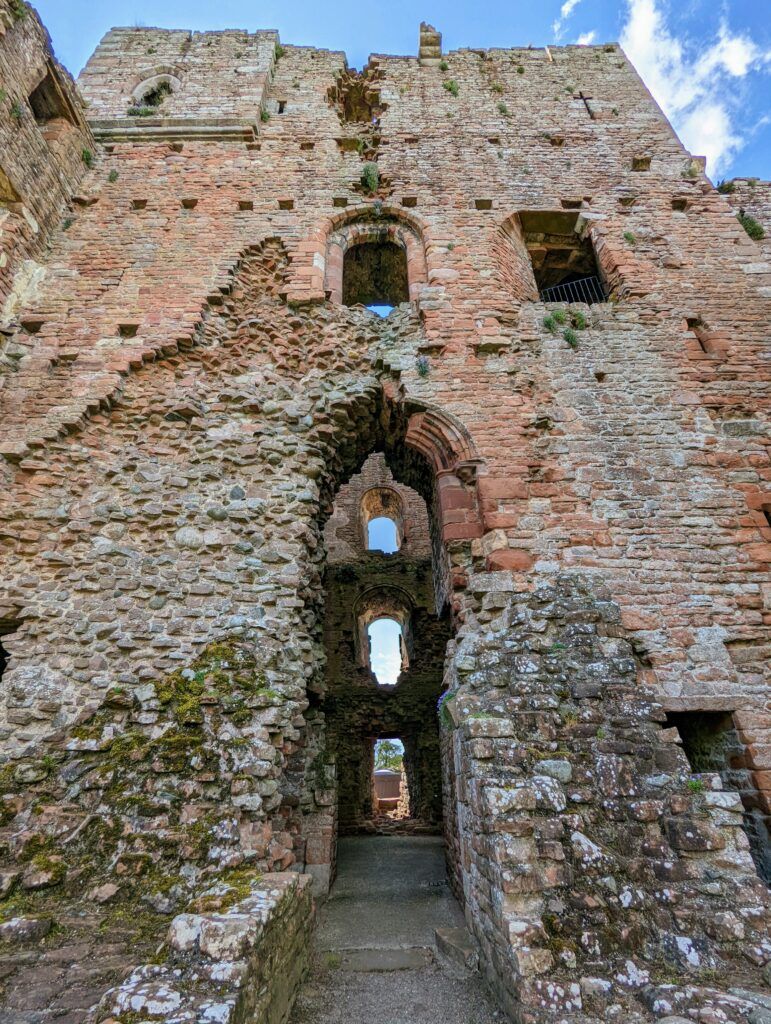
Brougham Castle became a picturesque ruin, one admirer was Charles Henry Foster, an heir to plantations in Jamaica and he financed repair works. The last Earl of Thanet took over from Foster and attempted to maintain what was left of the castle’s fabric but his successors soon gave up on the upkeep.
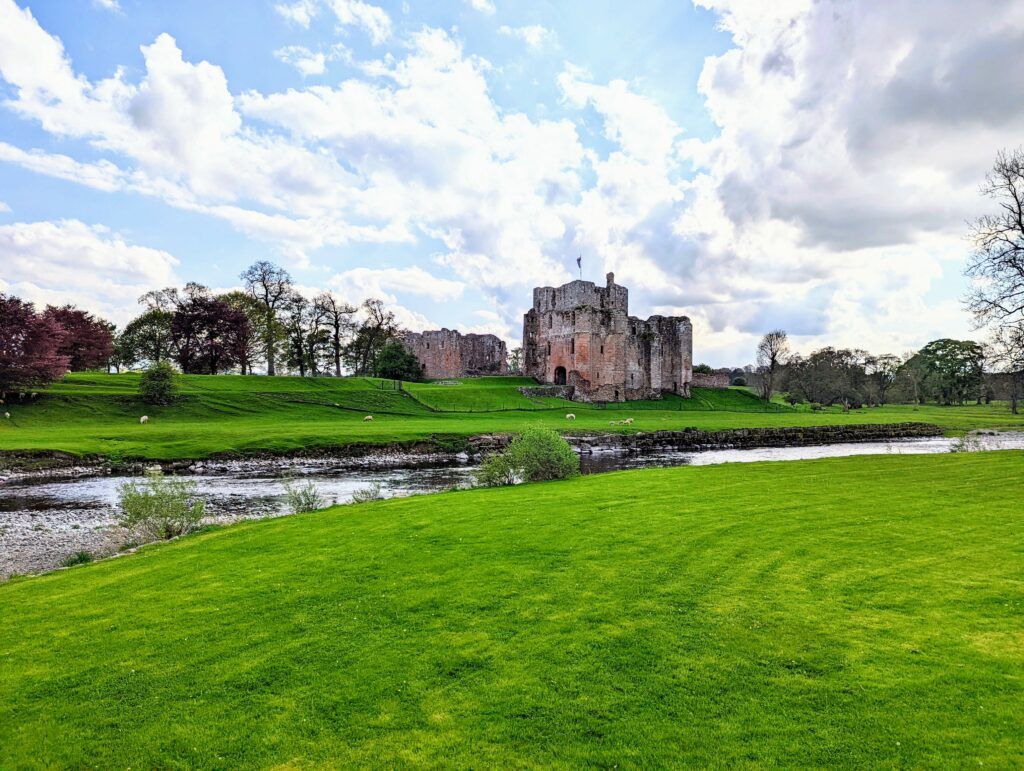
Today Brougham Castle is now maintained by the English Heritage and open to the public to visit for an entrance fee.
Postcode CA10 2AA
Click below to watch our video featuring the history and exploring Brougham Castle

